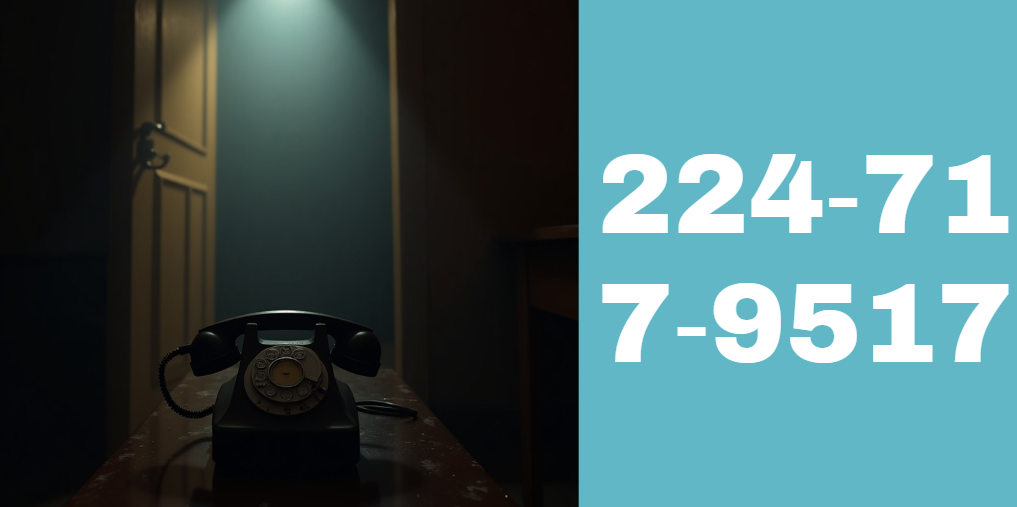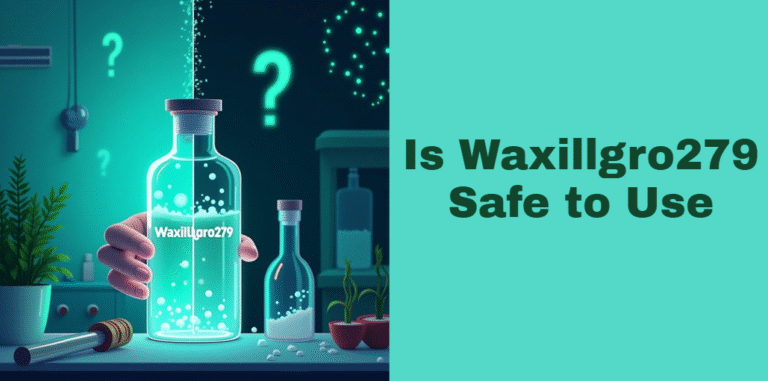Uncovering the Truth Behind 224‑717‑9517: A Complete Guide to Avoiding Scam Calls
In today’s digital world, receiving unknown phone calls has become a daily occurrence. Among these, the number 224‑717‑9517 has been widely reported by users across the internet as a suspicious or fraudulent caller.
People have claimed that this number frequently dials with either no message at all or with robotic, pre-recorded voices attempting to convince the listener of urgent financial matters. While it may appear harmless at first, repeated patterns linked to 224‑717‑9517 suggest that it is part of a robocall campaign—often tied to scams or deceptive marketing.
Who is Reporting This Number?
Thousands of individuals have shared their experiences with 224‑717‑9517 on online call-reporting platforms and forums. Common complaints include sudden calls with no sound, robotic messages about “expiring discounts,” or being told to call back to avoid service interruptions.
The number has especially been associated with schemes mimicking companies like Spectrum or AT&T, offering fake promotional rates to lure victims into disclosing personal or financial details. Reports come from across the United States, showing that this is not a localized nuisance but a widespread concern.
Common Call Scenarios & Scripts
Many who receive calls from 224‑717‑9517 describe similar scenarios. The most frequent include:
- Receiving a voicemail claiming a 40% discount on an internet or cable bill is about to expire.
- Calls that are completely silent, likely to check if the number is active before adding it to a scam list.
- A robotic voice requesting immediate action to avoid charges or penalties.
These scripts are designed to induce panic or urgency, making people more likely to respond quickly without verifying the caller’s identity.
To improve understanding, here’s a comparison table:
| Type of Message | Purpose | Likely Scam Tactic |
|---|---|---|
| Silent Call | To verify active phone numbers | Builds scammer’s call list |
| “Your discount is expiring” message | To create urgency | Tricks users into giving financial data |
| Callback request | To keep users on the line | May lead to high-fee or phishing attempt |
Why Do They Use This Number?
Scammers and telemarketers often use software to spoof legitimate-looking numbers, and 224‑717‑9517 is no exception. Caller ID spoofing allows them to cycle through different numbers to avoid detection and blocking.
These systems automatically generate thousands of calls per hour, meaning a number like 224‑717‑9517 can be used for days or even weeks before being abandoned and replaced with another.
The goal is to reach as many individuals as possible while avoiding call filters. Because of how these scams are structured, the same scam message can come from multiple numbers—even within the same day.
What is a Robocall?
Robocalls are automated telephone calls that deliver a recorded message rather than a live person. These calls can serve legal functions, such as political campaigns or public service announcements.
However, scammers have widely adopted robocalling technology to reach unsuspecting victims at scale. When a call from 224‑717‑9517 is answered, the system detects a human voice and plays a script tailored to trick the listener into taking an action—often calling back or sharing sensitive information.
Robocalls are cheap, fast, and difficult to trace, making them a favored tool among fraudsters.
Volume & Patterns of Reports
Although exact numbers may vary, anecdotal evidence and online databases suggest that 224‑717‑9517 has been used in waves. For example, during the holiday season or near billing cycles, scammers increase call frequency to mimic legitimate promotional offers.
Data gathered from phone protection apps shows that numbers like 224‑717‑9517 often receive hundreds of negative reviews within a few days.
Patterns show:
- Peak call times are between 10 AM and 5 PM.
- Most recipients never signed up for any service from the caller.
- Calling back often results in being redirected or asked for personal info.
Risks & What They Want
Answering a call from 224‑717‑9517 may seem harmless, but engaging with it can expose you to various risks. The primary goal of these callers is to gather valuable information. This could include:
- Your full name
- Address or zip code
- Social Security Number
- Credit card or bank details
Sometimes, the objective is to keep you on the line. In certain scams, returning a call leads you to a high-fee international number, charging you per minute without your knowledge. Others might record your voice to use for unauthorized verification attempts elsewhere.
How to Protect Yourself
Avoiding calls from numbers like 224‑717‑9517 is crucial. The best method is not answering calls from unfamiliar numbers, especially those that do not leave clear and verified voicemails. Blocking the number is an immediate step, and you can use apps like Truecaller, Hiya, or Mr. Number to flag suspicious calls automatically.
You should also register your number with the National Do Not Call Registry. While this won’t stop scammers, it helps filter legitimate marketing calls.
Here’s a breakdown of protection methods:
| Protection Method | How it Helps |
|---|---|
| Call-blocking apps | Automatically identify and reject scam numbers |
| Do Not Call Registry | Reduces legitimate marketing calls |
| Manual phone settings | Block and report numbers like 224‑717‑9517 |
| Carrier-based spam services | Some mobile carriers offer built-in spam call filters |
Official Guidance & Reporting
Government agencies, including the Federal Trade Commission (FTC) and the Federal Communications Commission (FCC), encourage reporting suspicious numbers. If you’ve received a call from 224‑717‑9517, you can file a complaint on their official websites. These complaints contribute to ongoing investigations and help authorities take legal action against call centers or scam networks.
Reporting your experience also helps other consumers by flagging the number in public databases and call protection apps.
What to Do If You Answered
If you picked up a call from 224‑717‑9517 and spoke to someone or followed the prompts, don’t panic—but do act quickly. First, monitor your accounts and credit reports for suspicious activity. Change any passwords or security questions if you shared sensitive info. Contact your bank if financial details were compromised, and notify your mobile provider to add additional protection.
Also, consider placing fraud alerts with credit bureaus like Equifax or Experian. These alerts help prevent new accounts from being opened in your name.
Comparing 224‑717‑9517 to Other Scam Numbers
The number 224‑717‑9517 is part of a broader trend in scam calling. Similar numbers have also been reported with nearly identical scripts, differing only slightly in digits. This tactic confuses users and prevents blocking systems from keeping up. By changing a single digit, scammers can launch a whole new set of calls under a fresh caller ID.
This method is effective for evading filters, which is why staying vigilant across multiple numbers is essential.
FAQs About 224‑717‑9517
Is 224‑717‑9517 a real number?
Yes, it’s a valid number but is often spoofed or used in robocall scams.
Can I stop these calls for good?
While total prevention isn’t guaranteed, using multiple protection layers greatly reduces the risk.
Is calling back safe?
No. You may be redirected to high-fee lines or unknowingly confirm your number’s activity.
Conclusion & Final Thoughts
The number 224‑717‑9517 represents a growing problem in our hyper-connected world—fraudulent robocalls designed to deceive and manipulate. While the technology behind them is sophisticated, the best defense is simple: don’t answer unknown calls, don’t engage with suspicious messages, and always verify the source.
Awareness and action are the strongest tools consumers have. By understanding how 224‑717‑9517 operates and spreading that knowledge, we can help reduce the power and reach of these scams.
Additional Posts
Understanding the Call from 1-302-829-8572: Scam Alert, Warnings & What to Do
Kep-13228SRS08 Clutch Disc Explained – A Complete Guide to Performance, Fitment, and Benefits
Discover www Free Worlderorg – A Complete Guide to Ethical Travel & Cultural Exchange






